
2023 Preface: Looking Back to 2009:
Dear Lector,
Below you will find the first of a series of four posts from 2009. These concern my first encounter, fourteen years ago, with Valentin Tomberg’s astonishing works on jurisprudence, the first of which has (at last!) been made widely available in English as The Art of the Good (and which I have reviewed here).
It may help to clarify things in this four part series, if we point out that 1944 book’s original title was Degeneration and Regeneration of Jurisprudence—and that it signalled an astonishing break from Tomberg’s Anthroposophical past.
It also seems helpful to list this four-part 2009 series with links—as well as two much more recent related posts—as this may further serve to clarify matters, matters which are not only extraordinarily important for us at this website, but we believe for the very future of the West.
Thus, we list:
First Part: The Moral Oxygen of Valentin Tomberg
Second Part: Stunning New Vistas—Valentin Tomberg’s Catholic Jurisprudence
Third Part: One Must Have Courage to Recognise the Fatal Tree
Fourth Part: Tomberg turns to the LIFE of the Church …
Related Entries:
We pray the various Tomberg videos featured on all these pages may also help to illumine these extraordinary things. And now back to my former self, writing in 2009—Roger Buck
2009—Tomberg Turns to the Church
In this ongoing review of Valentin Tomberg’s complex and profound jurisprudence writings, we have been considering his evaluation of a degenerating modern society – whose degeneration stems – he says – from its tendency in recent centuries to SEVER.
That is, to SEVER not only jurisprudence from morality, philosophy and theology – the ground from which it sprang, but also to sever nature and supernature, humanity and God …
His Catholic writings as a whole, testify to a crippling process, whereby so very much in the West becomes dry, withered, mechanical, soul – less, because it is being stripped of that which gives life.
Dry, withered, mechanical, de-composing, degenerating … his terms may vary, but always he implicates this same loss of life-force …
Hence the words already quoted in this weblog:
The beginning of the revolutionary development is harmless humanism, the swooning over laical culture; and it ends with Black and Red Bolshevism – as the final result of the destruction of the great temple of piety, in which and from which the soul of the occident draws its life-force.
And it was said in the last entry, that “Tomberg goes on to consider one key actor on the world stage, which he regards as having significantly exempted itself from the crippling degeneration of the world conception which once shaped European civilisation.”
That is to say, the Catholic Church, which has LIVED for nearly two millennia …
It has also been said here that Valentin Tomberg is calling for more than simply a regeneration of jurisprudence – but indeed a regeneration of Western Civiisation itself.
And here in these theses on law, we see him having turned. That is, from his pre-war rejection of the Church, we see him now turned to Catholicism, which he sees as vital to saving civilisation from further degeneration, vital that is, for continued life … And it is now, in arguing for the Church, that we can hear him say:
A community develops and lives from common values which it bears knowingly. These values can lie in the past – in which case there is a common tradition uniting people as a community.
The community-forming values may also lie in the present e.g. particular institutions and ways of life, or they can also be set in the future – then they belong to, for example, a state with an extensive state-purpose of a programmatic type. Thus for example, the Soviet Union has a state-purpose to be realised in the future; China’s state-purpose, on the other hand, was the preservation of a tradition from the past for thousands of years.
But there is one community with the simultaneous purposes of maintaining tradition, unfolding a universal effect in the present, and striving toward a distant universal goal in the future – that is the Catholic Church.
It is characteristic for the Catholic Church that it most intensively serves the purpose of maintaining and caring for a tradition, and that, at the same time, it is no less involved in all areas of life in a struggling capacity in the present – and that it strives for a future ideal embracing all humanity.
Of all known larger human institutions, the Catholic Church is, in this sense, the most perfect. It never forgets the past, it cares and works for the future, and it actively takes a position in all current events.
Additionally, it is the most solid and permanent community, not only compared to political parties, but also to states (except the East-Asian ones) and even nations.
She survived all crises – the battle with the pagan caesars, the flood of barbarians during the migration, the conflict with Islam, the reformation, the French Revolution and the Napoleonic storms, the wave of materialism in the 19th century and finally the storms of the present – crises which caused empires to fall and emerging dynasties to perish, new nations to emerge – She stood fast and preserved her tradition, her hierarchy, her continuity and her ideal …
She is structured in a manifold diversity like no other community – just think of the many lay and monastic orders with their rules and regulations.
At the same time, she presents a unity across all nations and races of the world, a unity which can never be achieved and preserved by force, but which was and very well will be realised solely through the uniformity of her conception of the world and other spiritual values (e.g. the cult).
Reason postulates and the experience of 19 centuries has taught the following: To realise a permanent, stable and harmonious community i.e. a community representing freedom in the world, one has to either recognise the Catholic Church as such a community, or – if for whatever reasons one cannot or does not want to do that – has to establish another community, which, howver, would have to imitate the Catholic Church in all essential characteristics:
A community held together by a common ethical-religious ideal, by a common conception of the world, by a common tradition, and which at the same time, is not limited to one nation or one class of humanity, but whose character is oriented towards general humankind.
A community that does not possess these characteristics is eo ipso destined to perish.
To the degree which a community displays some of these properties, at least in part, to that same degree, it has greater stability and permanence (Bold emphasis in the above is Tomberg’s; italics are my own).
May I suggest that I have found this passage gains much through pondering. I am for example very struck by these words:
A unity which can never be achieved and preserved by force, but which was and very well will be realised solely through the uniformity of her conception of the world and other spiritual values (e.g. the cult).
Now in these legal writings as elsewhere, Valentin Tomberg displays penetrating awareness of the Fall. He is certainly aware that the history of the Church has encompassed countless fallen actions, including force and violence … as tragically, the history of all vast fallen enterprises have.
Still he holds out that there was a time when this was not the case, and a time when this might not be the case again but instead “very well will be realised solely through … spiritual values.”
Tradition for Tomberg is something then, that carries with it inevitably a mixture of elements, both dark and light. But however much the fallen members of the Church have sinned across the ages, the Tradition of the Catholic Church owes her remarkable longevity and worldwide scope to something greater … eg. the Cult of Life: ” I am the bread of life …”
May I also add personally that I believe Valentin Tomberg serves to make visible in his writings, here as elsewhere, something that is invisible to so many folk today. That is to say, he makes visible the vast scope and mission of the Catholic Church.
At least, this vastness was completely invisible to me, before I encountered his writings. And for opening my eyes, I am grateful beyond measure …
Ninety-Eight Seconds—Article Continues Below
Yes if we care about Western Civilisation, I join with Valentin Tomberg in saying we cannot remain blind to the Catholic Church, as much as certain elites no doubt want to us to remain blind.
Yes certain elites who contributed mightily to my own blindness for decades and certain elites to whom this site will in time, turn its attention . . .
Moreover, if any of my more sceptical readers concerning Catholicism are interested in a blindness-dispelling book on the mission of the Catholic Church at the present time, I would point them to a very admirable piece of journalism, which I have reviewed here.
For Easy Navigation
First Part: The Moral Oxygen of Valentin Tomberg
Second Part: Stunning New Vistas—Valentin Tomberg’s Catholic Jurisprudence
Third Part: One Must Have Courage to Recognise the Fatal Tree
Fourth Part: Tomberg turns to the LIFE of the Church …
Related Entries:

Foreword for Monarchy by Roger Buck
Buying Books at Amazon Through These Links Gives Us a Commission. This Supports Our Apostolate. Thank You if You Can Help Us Like This!
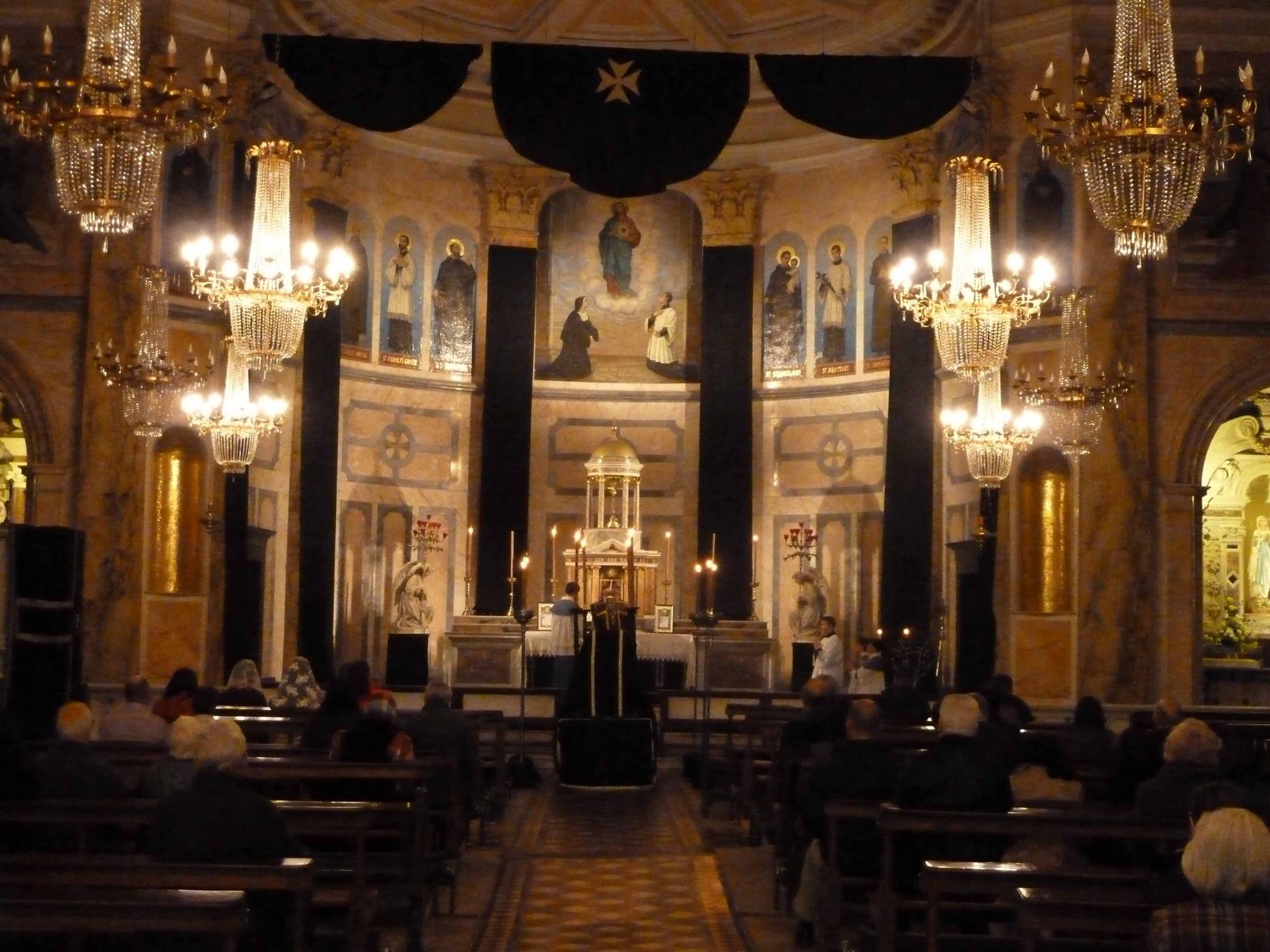
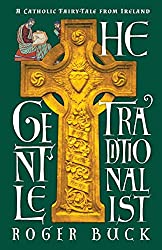
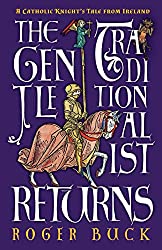
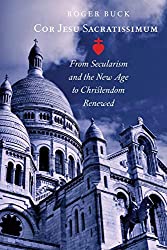
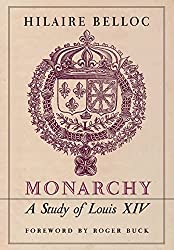
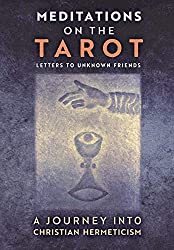
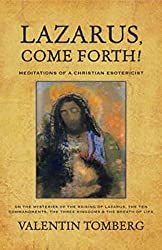
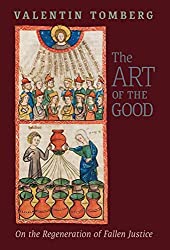
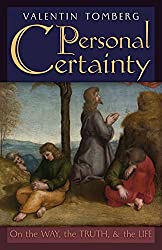
Comments
comments are currently closed
4 responses to “Valentin Tomberg turns to the LIFE of the Church …”
I wonder how you view this work of Tomberg’s with his previous Anthroposophical or later MOTT or his “Catholic” Lazarus, Come Forth. Do you find it has moved to a “Catholic” perspective yet or…
Good to hear from you again, Edwin. I DO appreciate comments and dialogue here …
To your question “Do you find it has moved to a “Catholic” perspective yet or…”
My answer is completely. Quite startlingly so.
Despite the fact that some twenty years separates the mid-40’s Jurisprudence writings from the mid-late 60’s, early 70’s Catholic writings you mention, these Jurisprudence theses have far more in common with them, than with the writings that preceded them by a mere six years or so.
It is clear in ideas and language that Valentin Tomberg has startlingly and radically changed . He is now speaking of things like the need for the “salvational truths of Christendom” unheard of before. Yes, so very different in such a short time!
[…] As I have indicated in this weblog before, I have been profoundly struck by Valentin Tomberg’s little known Catholic doctoral theses in Jurisprudence. Valentin Tomberg who once had sharply criticised the Church, but who converted amidst the horror of World War II. In these Jurisprudence theses, written shortly after his conversion, Tomberg considers what he regards as (as I have put it before at this weblog here) […]
[…] As I have indicated in this weblog before, I have been profoundly struck by Valentin Tomberg’s little known Catholic doctoral theses in Jurisprudence. Valentin Tomberg who once had sharply criticised the Church, but who converted amidst the horror of World War II. In these Jurisprudence theses, written shortly after his conversion, Tomberg considers what he regards as (as I have put it before at this weblog here) […]